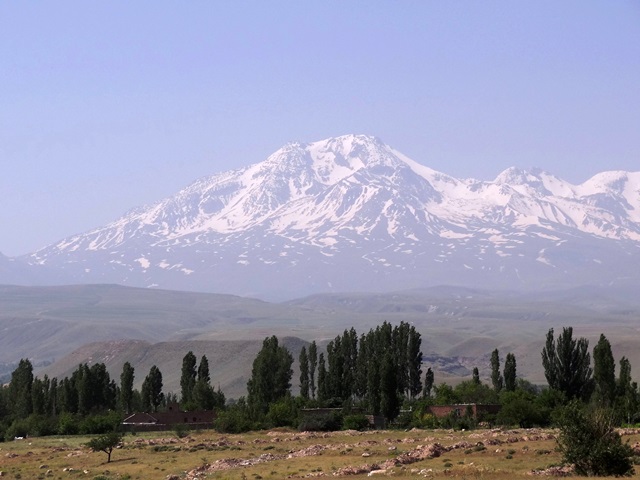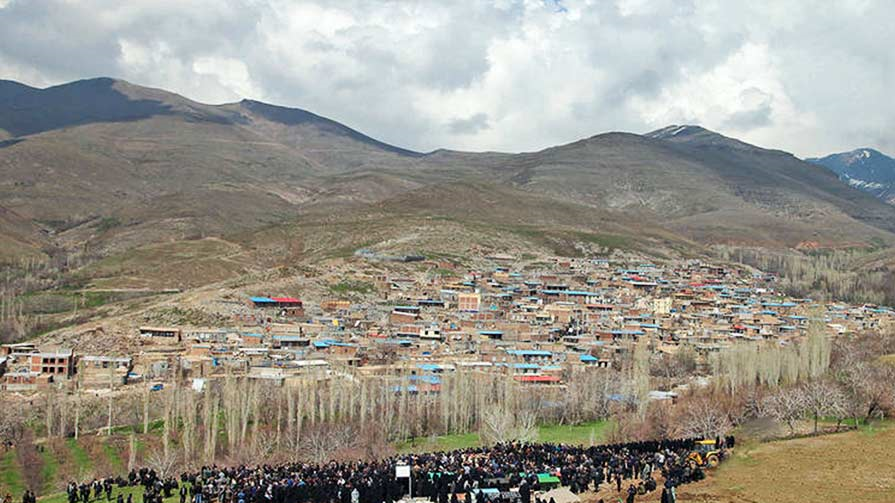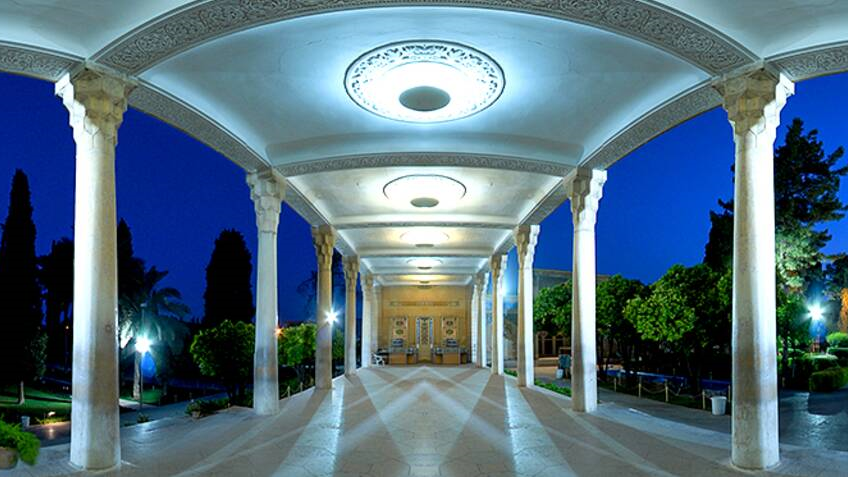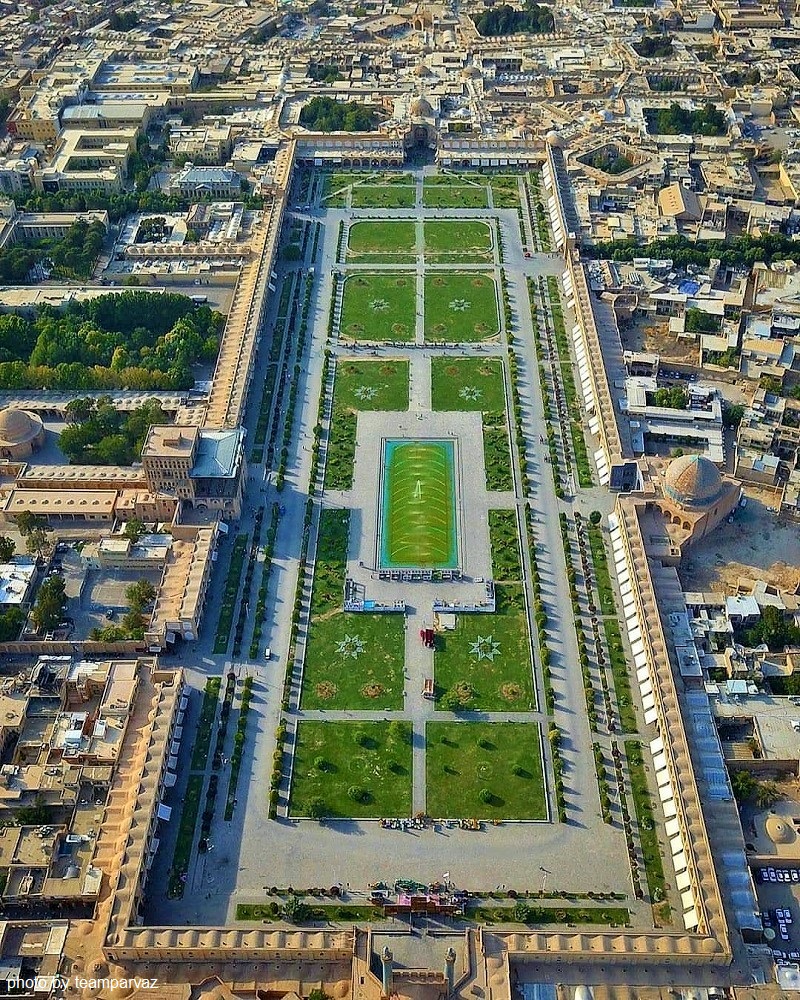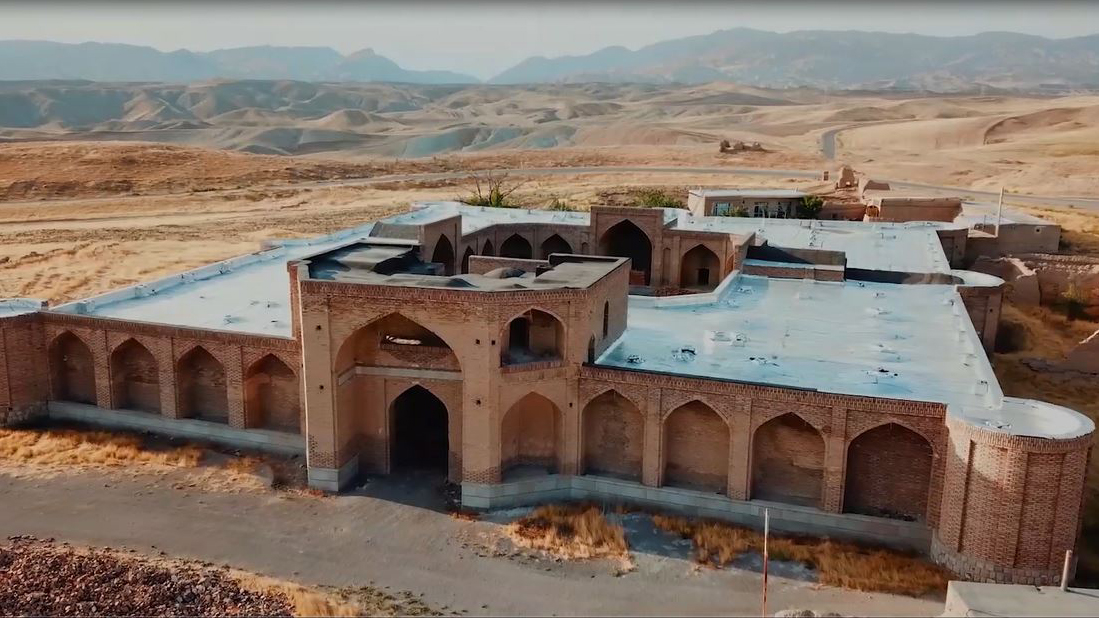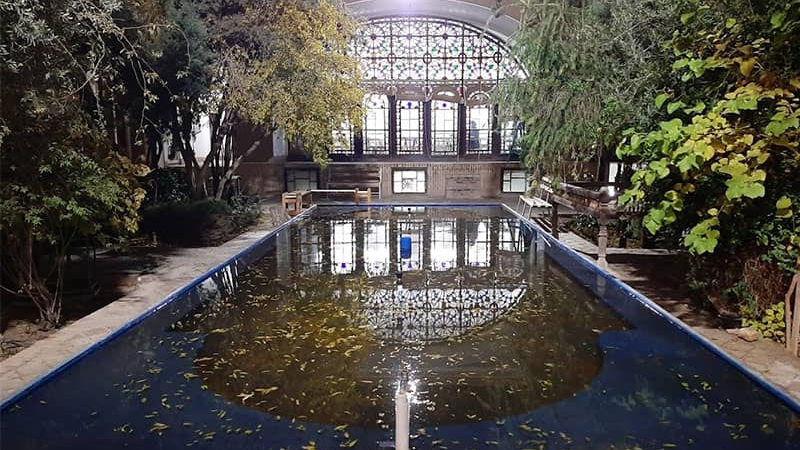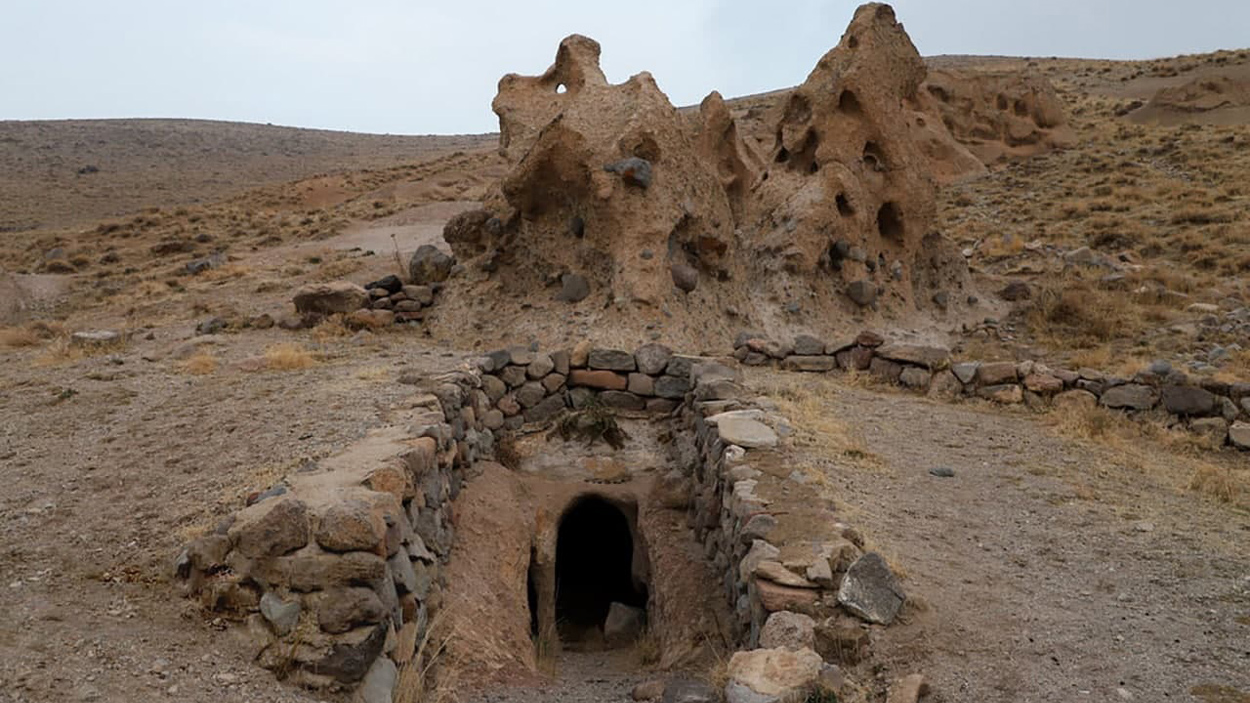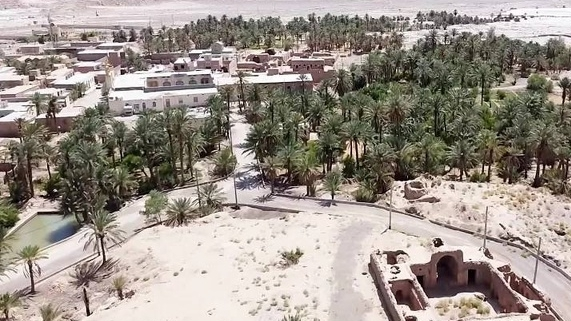
Traditional Bazaars of Maragheh
Bazaars are the main trading centers in Iranian cities and, usually, in every Iranian city, there is a bazaar that has been active since decades or maybe centuries ago. These bazaars usually have traditional and special architecture and the residential and commercial fabric of the city is formed around them. Iran’s traditional bazaars are usually built in a way that have many passages. Older bazaars may have one or more caravanserais, a mosque, and a bathhouse. The reason behind having such structures was after arriving in the city the caravans needed a place to reside for some time and sell their commodities.
There are some bazaars in Maragheh City of the East Azarbaijan Province of Iran, where the supply of goods and commodities and trading take place is the same as the traditional style of the past.
The Economic Position of Maragheh in the Past
In the past, Maragheh was located near the Silk Road, which was the most important communication route between China and Europe, and merchants moved their goods through it for trade purposes. Maragheh was considered a prosperous and important city in different centuries and the capital of Iran during the Ilkhanate era (13th and 14th centuries AD). Most of the historical sites of Maragheh are from this important period of Iranian history.
During the Ilkhanate period, Maragheh had become one of the most important scientific centers in the world. Perhaps the most important scientific center of the world in those days was the Maragheh Observatory, where scientists and students from different nationalities gathered and engaged in scientific discussions. Despite the fact that the Ilkhanids were of Mongolian descent, they were influenced by Iranian art and culture and their era became one the most flourishing periods in the history of Iran.
Maragheh was also considered an important city after the Ilkhanate era and is known as one of the economic and cultural poles of northwest Iran and economic activity flourished in it in the form of bazaars with traditional form and approach.
Traditional Bazaars of Maragheh
There are several old bazaars in Maragheh, which have preserved the originality of this city despite the expansion of modernity. The main bazaars of Maragheh include Qapan Square, Qord Square, Vegetable sellers, Goldsmiths, Coppersmiths, Carpenters, Blacksmiths, Sefid Mosque, Mullarostam Mosque, Chay Ossete Bazaars, Dry fruits Bazaaar, Siraj Bazaar, etc. Some of these bazaars are dedicated to trade in certain types of goods, but in others, traders from different guilds offer their products. For example, the Qapan Square bazaar is mostly dedicated to the supply of dairy products. Similarly, Mullarostam and Chay Ossete Bazaars are dedicated to selling fresh vegetables and fruits.
Some bazaars of Maragheh are older than others. For instance, according to experts, the dry fruits bazaar of Maragheh is more than 200 years old where trade takes place in a completely traditional way and products are offered in the form of daily small sales. This bazaar of Maragheh is even quite often visited by the people of Miandoab, Bonab, Hashtrud, Malekan, and Ajabshir for shopping.
One of the most important features of the traditional bazaars of Maragheh is the supply of local products of this city. Maragheh is famous for producing horticultural and agricultural products and this city is one of the hubs for the production of livestock and dairy products.
Maragheh was considered a prosperous and important city in different centuries and the capital of Iran during the Ilkhanate era (13th and 14th centuries AD) and most of the historical sites of Maragheh are from this important period of Iranian history.
| Name | Traditional Bazaars of Maragheh |
| Country | Iran |
| State | East Azerbaijan |
| City | Maragheh |
| Type | Historical |
| Registration | No registration |

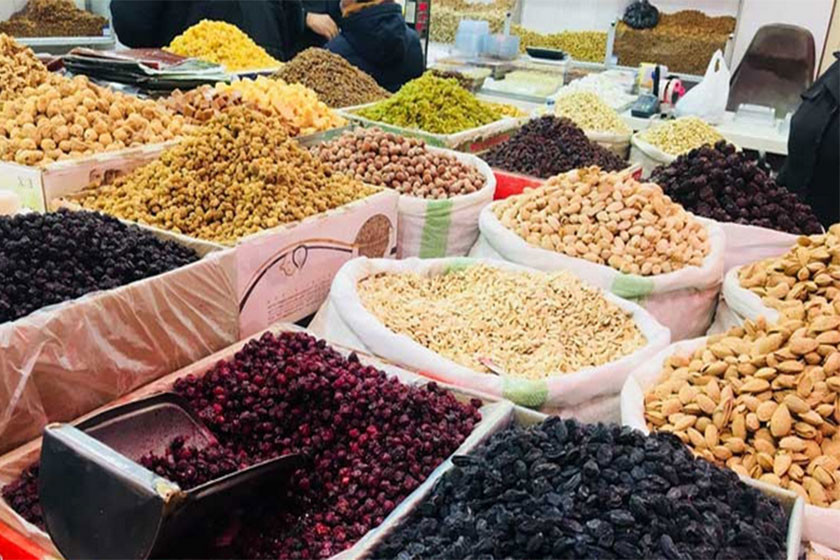
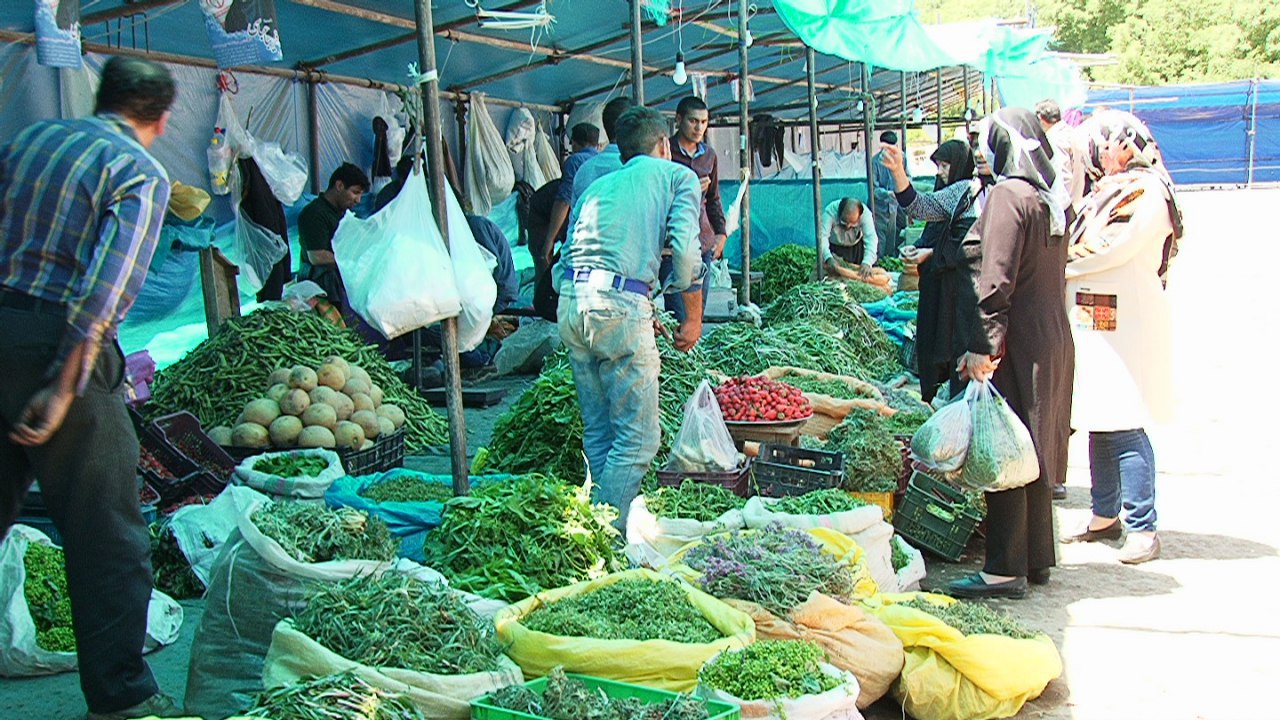
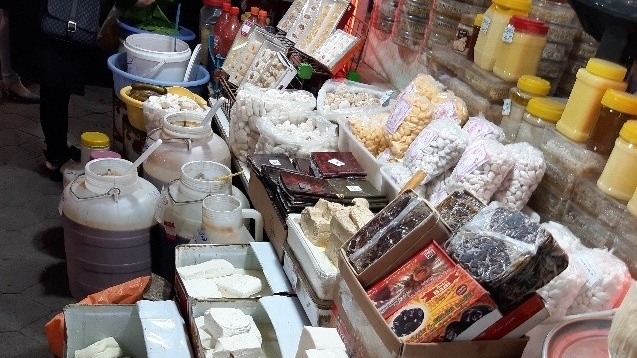










Choose blindless
Red blindless Green blindless Blue blindless Red hard to see Green hard to see Blue hard to see Monochrome Special MonochromeFont size change:
Change word spacing:
Change line height:
Change mouse type:
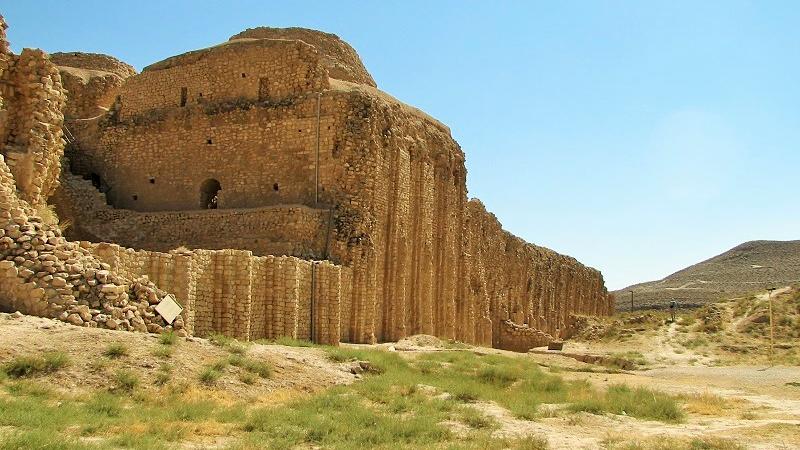

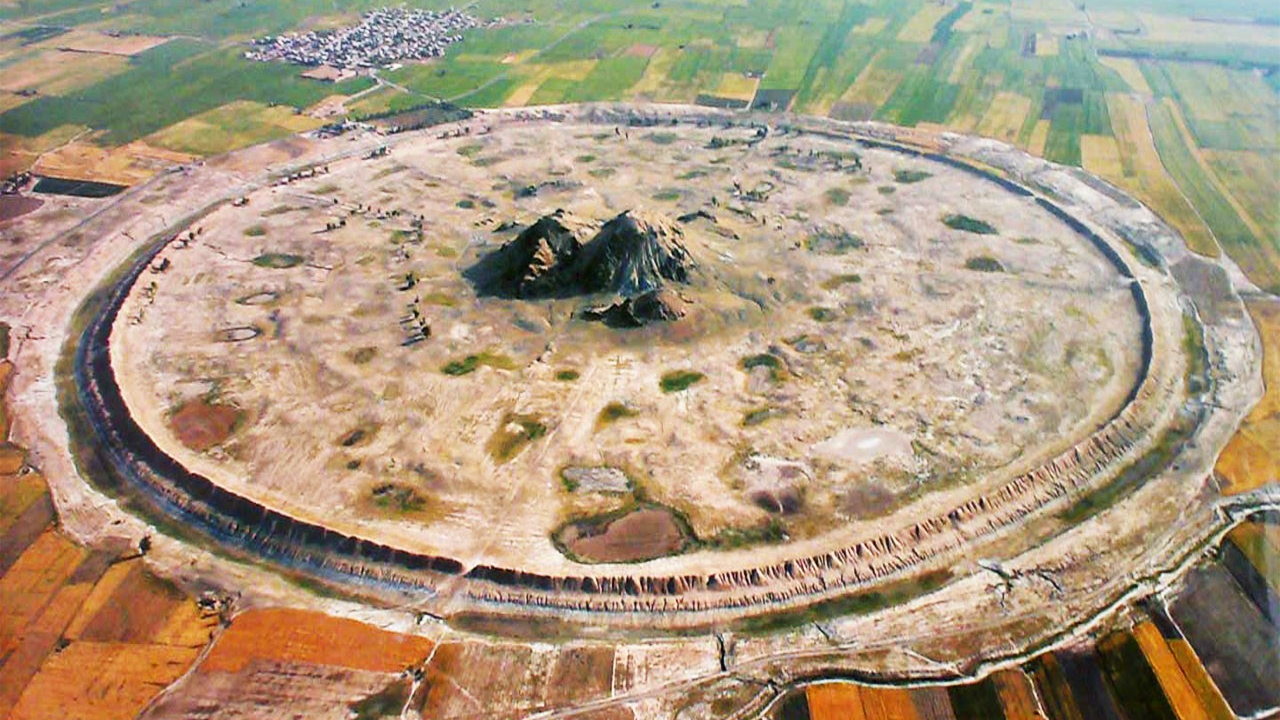
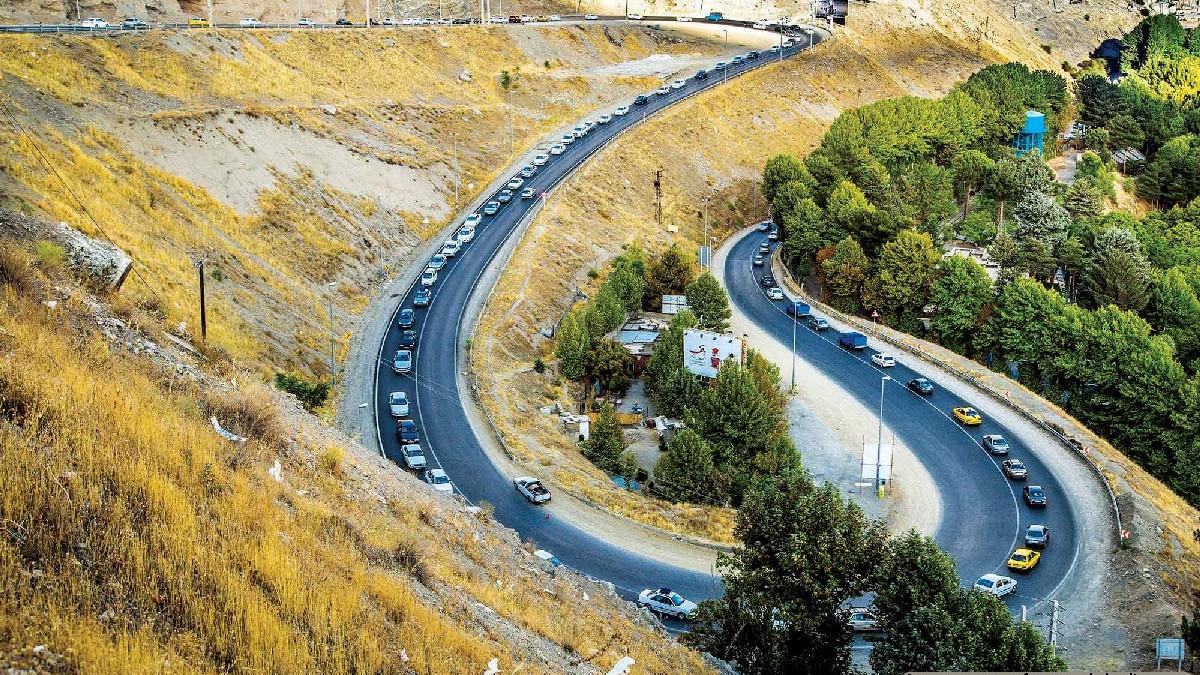
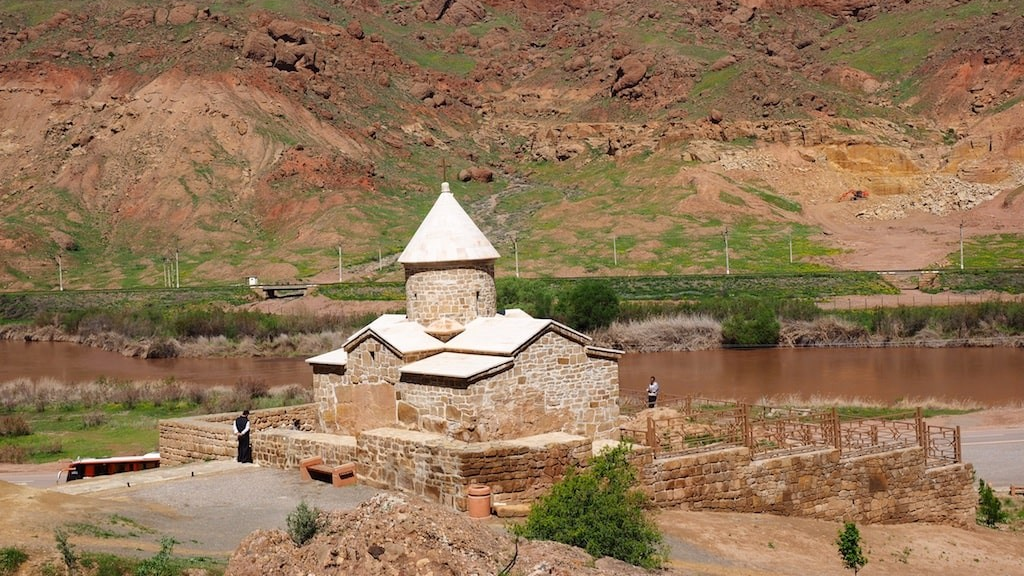
_crop_3.jpg)
